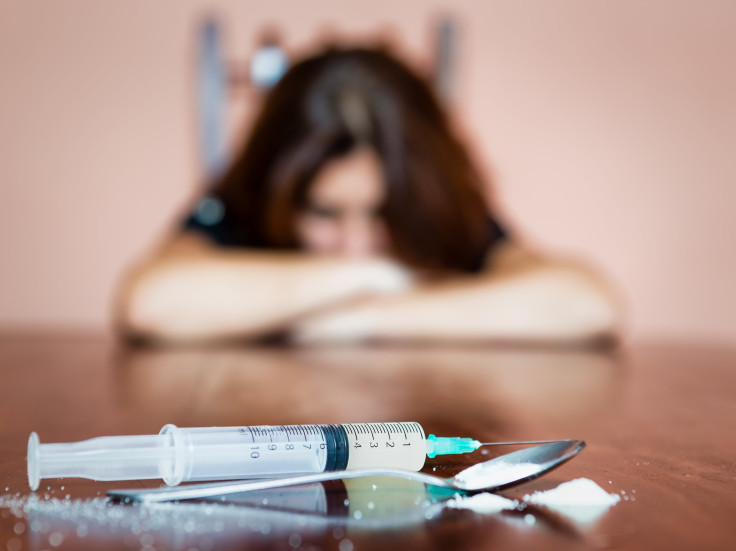Waking Up To Naloxone: Heroin Overdoses Are 'Health Crisis'; Justice Dept. Urges Police Agencies To Carry Life-Saving Antidote

As heroin ravages the country, U.S. Attorney General Eric Holder says the feds are working closely with state and local leaders to address an “urgent public health crisis” borne of the nation’s addiction to prescription medication.
Heroin overdoses in the United States rose by 45 percent between 2006 and 2010, Holder said in a video news release. “It’s clear that opiate addiction is an urgent — and growing — public health crisis,” he said. “And that’s why Justice Department officials, including the [Drug Enforcement Administration] ... are fighting back aggressively.
More Americans addicted to prescription opiates are turning to heroin for a cheaper and often more readily available high.
Holder repeated the White House’s call for all police agencies across the U.S. to carry the life-saving heroin antidote, naloxone. Already, 17 states and the District of Columbia require police to carry the drug as a standard on the police utility belt. Last month, New York City police used the drug for the first time to save a patient, as Vermont State Police also began carrying the drug.
Since 2001, emergency first-responders in the U.S. have used naloxone more than 10,000 times to save lives in the field. Still, more than 3,000 Americans are dying every year of heroin overdoses in a problem worsening from America’s largest cities to its smallest hamlets in the heartland.
The rising use of heroin in the U.S. stems from the twin epidemic of prescription opiates such as oxycodone, whose overdoses are killing far many more Americans. In 2010, 16,600 people died from overdosing on prescription painkillers, the vast majority of which were obtained legally — as opposed to armed robbery.
Holder said heroin trafficking from Mexico has risen proportionately with consumer demand. "When confronting the problem of substance abuse, it makes sense to focus attention on the most dangerous types of drugs.” he said. “ And right now, few substances are more lethal than prescription opiates and heroin.”
During the past five years or so, DEA agents say they seized a 320 percent greater volume of heroin along the Southern border. Now, federal agencies are focussing efforts in some of America’s worst-stricken places, such as Northern Ohio, where overdoses have quadrupled in recent years.
Aside from police agencies, state and local health departments are training more employees to administer naloxone, an effort the Centers for Disease Control and Prevention credits with saving 10,000 lives since 1996. Still, heroin deaths continue to rise — from sea to shining sea.



























